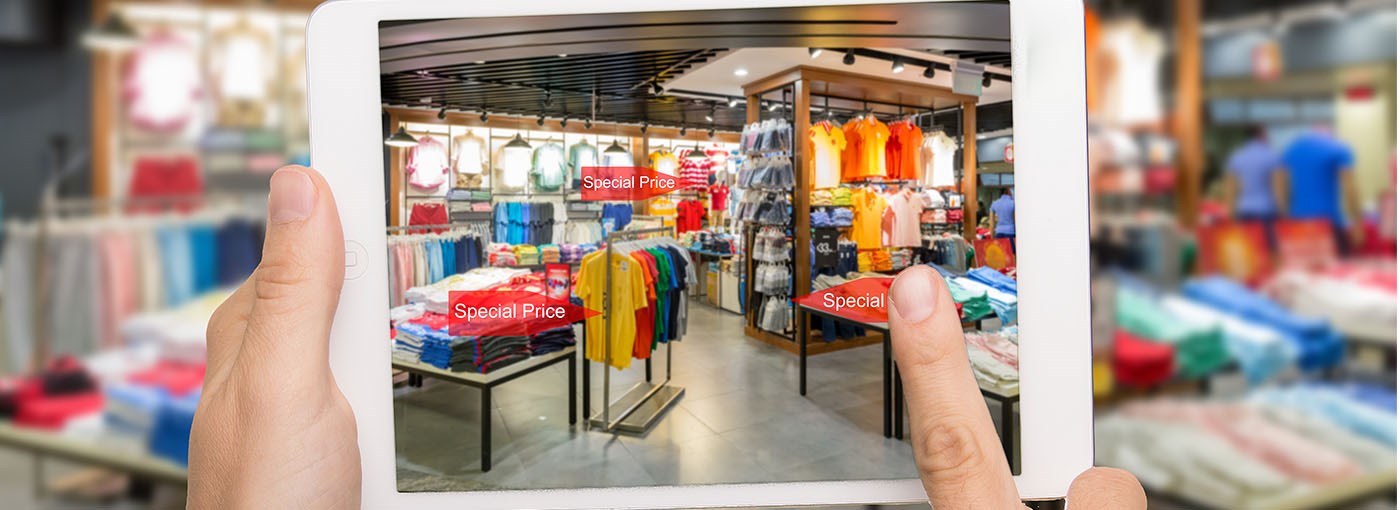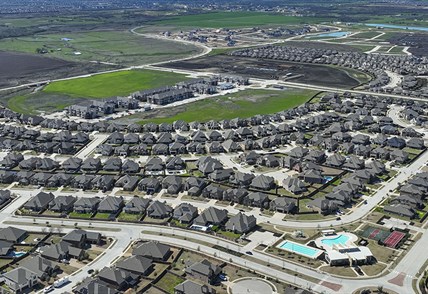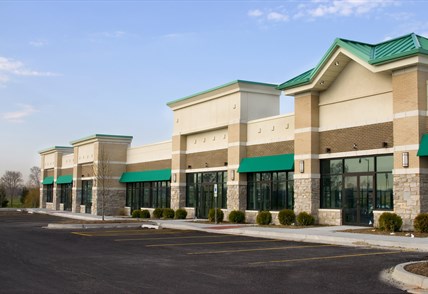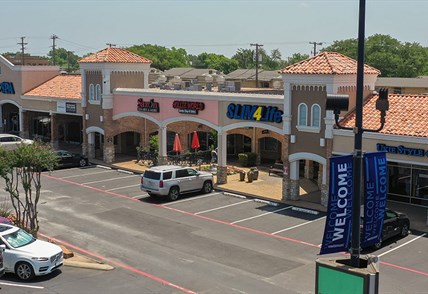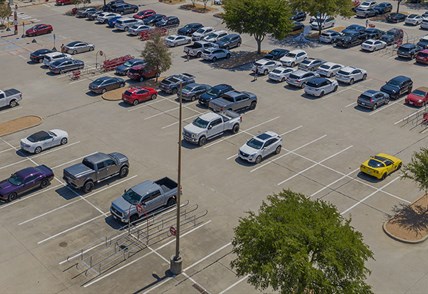By Marshall Mills, president and CEO, Weitzman
Malls are regional destinations that often require a decision to drive several miles to visit. That’s one reason why malls budget significant dollars for marketing. But smaller strip centers, as a rule, are right there at the entrance to your neighborhood, positioned for access and visibility from heavily trafficked streets. The locations on their own can be all of the marketing the centers need.
So why would landlords, in a time of tight budgets and controlled expenses, make a major investment in marketing non-mall centers?
The answer is simple. Today’s centers aren’t just competing with the centers down the street; they are competing with all of the myriad ways the customer spends right now.
As a property manager, we’ve evolved our entire retail-focused marketing strategy to allow our centers to be everywhere the customer is when she or he makes a decision. People buy differently today. The path to purchasing has changed, so we needed to change.
Today, we work with an in-house team and an agency, Agency Entourage, to create analytics-based, data-driven digital marketing for centers in our portfolio.
This is a fast-changing environment, so what’s true today might be different a year from now. But I want to share a couple of key principles of non-mall shopping center marketing.
• Customers today make decisions based on mobile searches, or word of mouth from their friends on social media, or Yelp reviews, or even the cool photo of a new dish or a new dress they liked on Instagram. They share their preferences with the world via social media, and they rely on others for recommendations. That’s why today’s marketing has to be nimble, mobile-enabled, SEO-driven, flexible, social, and fast to respond.
• If you don’t have SEO, you don’t reach your customer. Today’s customer uses web searches before making decisions. The very fact of a web search implies intent—for retail that intent can be to explore options like where to shop, to dine, to visit, to be entertained—so you need to position yourself to offer a solution to that intent. Marketing is the tool to leverage search behavior and direct traffic to your business or center. But one marketing channel isn’t enough. We’ve rolled out nearly 50 (with more to come) highly visual and mobile-enabled websites for our centers in Dallas-Fort Worth. These sites offer professionally taken tenant photos, descriptions, menus, info, and hours, as well as location maps, and all of the other bells and whistles you’d expect on a retail website. But these centers are also supported on social media sites like Facebook, Instagram, and Snapchat for geo-tagging. It’s all about SEO (search engine optimization) because sites like Google want their top results to offer a digital spectrum, not just a website. And when someone follows you on social media, they are asking to see what you have to offer. That’s how you develop customer loyalty.
My background is in banking and finance, so one question I always ask about any expense is: Is it worth it? It takes significant investment to give centers a huge boost digitally and apply best-in-class online strategies from an in-house staff and an award-winning digital marketing team. But the result is a highly coordinated program, with a solid infrastructure, that delivers results. And that, in my book, is a solid investment.
